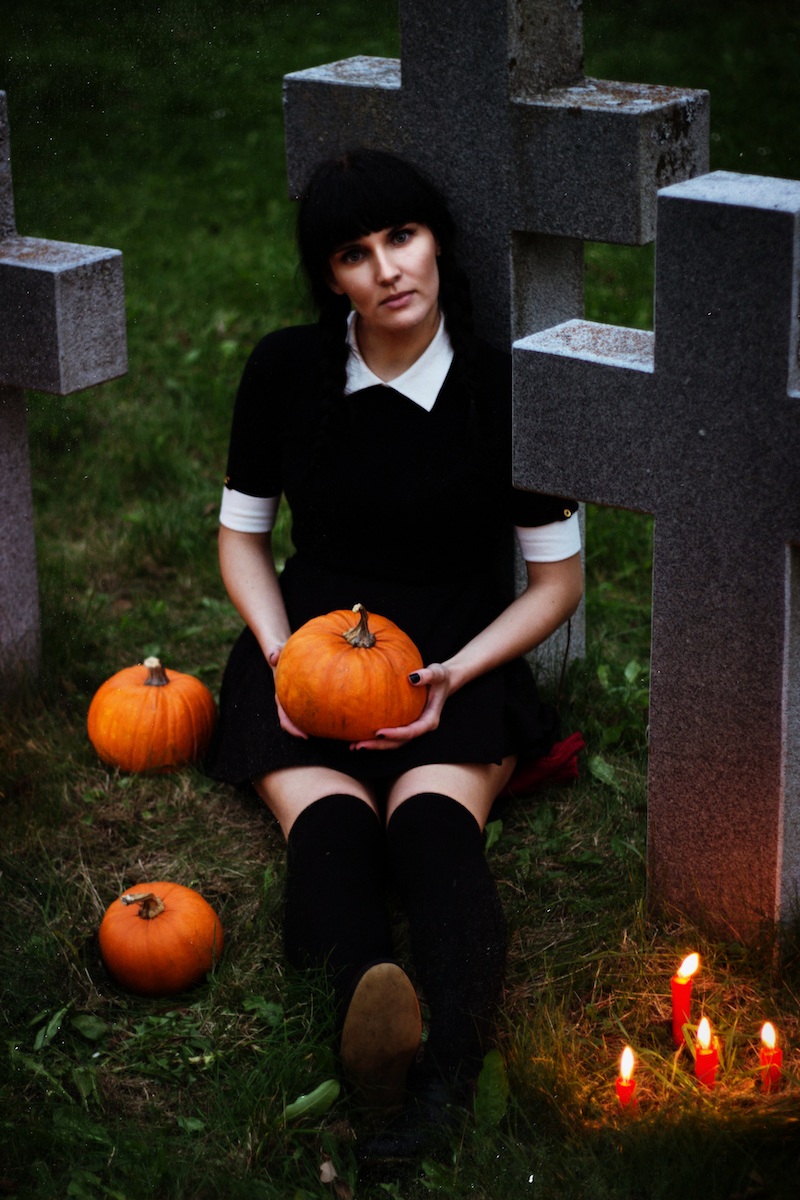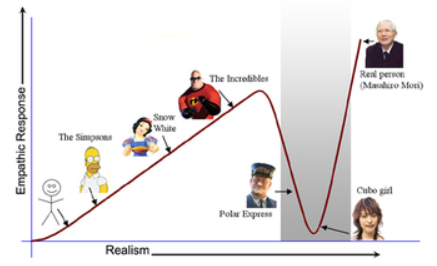Eleven Lit - Term Three, Week Three : Poetry, Gothic Literature & Aesthetics
Lesson One

Poetry Styled Questions
Welcome to our closeout of poetry. Today, you are going to get the opportunity to connect your knowledge with possible questions regarding poetry.
You will find a series of questions to attempt.
It is assumed that you have:
- knowledge of two poems in your head
- know how those texts are constructed
- know how various theories/readings work with the texts
- and that its all in your head, not just in your file.

Have a go at creating an intricate plan for the questions below. Outline your thesis, three or more apsects of that thesis, and the evidence from the text(s) in brief. Aim to do this all in under 10 minutes for each question.
- Explore how the economical and sometimes ambiguious use of langage can allow for multiple interpretations of a text.
- Discuss how at leat one Australian literary text has drawn from mythical concepts and/or archetypes to shed light on the values underpinning Australian life.
- Explain the ways that specific poetic features have served to illuminate and explore social controversy in at least one poem.
- Consider the ways in which ideas about family in a literary text have reinforced or challenged th ways we think about particular cultures.
- Discuss the way that texts may give voice to important issues in order to challenge dominant ideologies
- Explain how the use of reading practices can reveal conflicting attitudes in a literary text
- Evaluate the role of narrative persona in establishing meaning, using one text you have studied this year.
Lesson Two: Gothic Fiction

Read the link below
In the most general terms, Gothic literature can be defined as writing that employs dark and picturesque scenery, startling and melodramatic narrative devices, and an overall atmosphere of exoticism, mystery, fear, and dread. Often, a Gothic novel or story will revolve around a large, ancient house that conceals a terrible secret or serves as the refuge of an especially frightening and threatening character.
A more refined definition
There is no one definitive definition of Gothic Fiction. This one seems to encapsulate the genre though:
Gothic texts are, overtly but ambiguously, not rational, depicting disturbances of sanity and security, from superstitious belief in ghosts and demons, displays of uncontrolled passion, violent emotion or flights of fancy to portrayals of perversion and obsession.
Moreover, if knowledge is associated with rational procedures of enquirey and understanding based on natural, empirical reality, then gothic styles disturb the borders of knowing and conjure up obscure otherworldly phenomena or the ‘dark arts’, alchemical, arcane and occult forms normally characterised as delusion, apparition, deception.
Not tied to a natural order of things as defined by realism, gothic flights of imagination suggest supernatural possibility, mystery, magic, wonder and monstrosity.
Gothic texts are not good in moral, aesthetic or social terms.
Their concern is with vice: protagonists are selfish or evil; adventures involve decadence or crime.
Their effects, aesthetically and socially, are also replete with a range of negative features: not beautiful, they display no harmony or proportion.
Illformed, obscure, ugly, gloomy and utterly antipathetic to effects of love, admiration or gentle delight, gothic texts register revulsion, abhorrence, fear, disgust and terror.’
Fred Botting, Gothic: Second Edition (2014)
Spend time discovering and translating the definition. Process it and rewrite it in a way that will enable you to remember the components of Gothic Fiction. Beware not to ‘dumb down’ the definition too much. Rise to meet it.
How do we use this definition?
We are going to have an initial look at how The Picture of Dorian Gray (TPODG) fits into the Gothic Fiction sub-genre.
So, what generic conventions of Gothic Fiction can you see in narrative elements of TPODG?
Three: Key Tropes of Gothic Fiction
The Gothic Double or Doubling
Glossary of the Gothic: Doubling | Glossary of the Gothic | Marquette University
Doubling refers to a multiplication by two, such as when two or more characters parallel each other in action or personality. It can also mean internal doubling, or division within the self to exhibit a duality of character.
The Gothic Double is influenced by psychoanalyst Sigmund Freud, who explained the uncanny. It is a feeling of being unsettled by something familiar and unfamiliar, or that something is not quite right, some features of which are:
- somethign that ‘ought to have remained secrete and hidden but has come to light.’
- ‘many people experience the feeling in the highest degree in relation to death and dead bodies, to the return of the dead, and to spirits and ghosts.’
- ‘It undoubtendly belong to all that is terribel - to all that arouses dread and creeping horror.’
The most important aspect of his observations are concerning the double:
- Human doubles - people who are alike in some way, ‘doubling, dividing and interchanging the self’.
- Object doubles - things that look human but aren’t, like automatons, waxworks, dolls, ghosts, and the supernatural, masks and disguises.
- A feeling of ‘intellectual undertainty’ - doubting whether something is a lifelike object or a real person. This is sometimes referred to as the uncanny valley.
The portrait arouses dredge in creep and horror as an object double of Dorian it is a double of Dorian that’s both familiar and unfamiliar it provides a lifelike representation of him but a representation that is also a hideous distortion.
Iif the uncanny is something that ought to have remained secret and hidden but has come to light then the portrait can be described as uncanny because it reveals something that should remain a secret the corruption of Dorian’s soul.
The portrait epitomizes the experience of uncanny in relation to death because it’s just because it’s decaying state manifests Dorian’s fears of aging and dying now compare your answers to these answers take a moment to reflect on what you did well and where you could improve you might want to note down any key phrases or structural points that could help improve your essay skills
Gothic Subjectivity: When a character’s sense of self disrupts the norm in some ways or working in Gothic ways. Doubling is central to a Gothic text.
The information above was taken from:

Away Lesson
- Ensure you have finished the text
- Make sure your journal activities are up to date
- study for your assesement next Monday